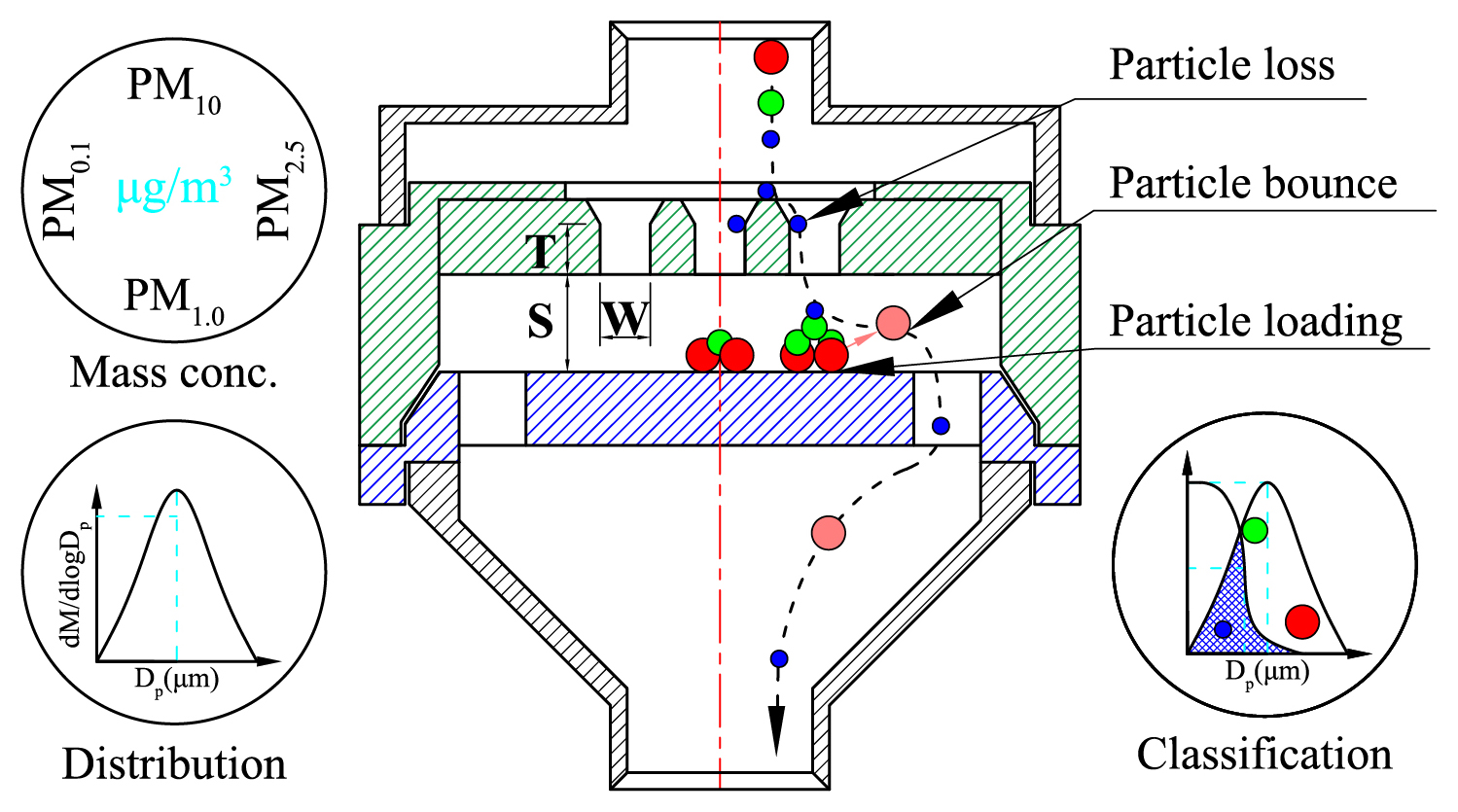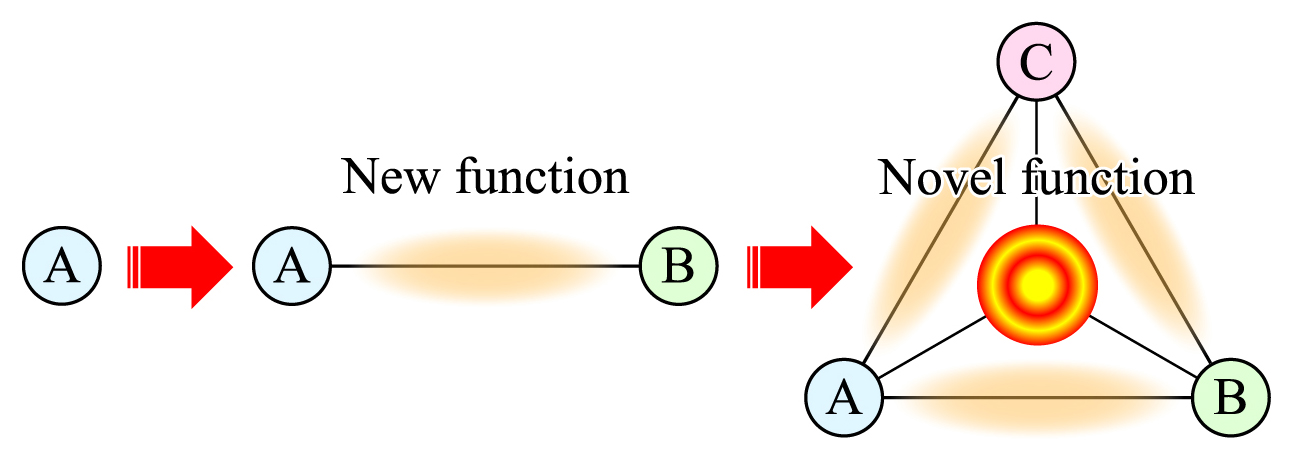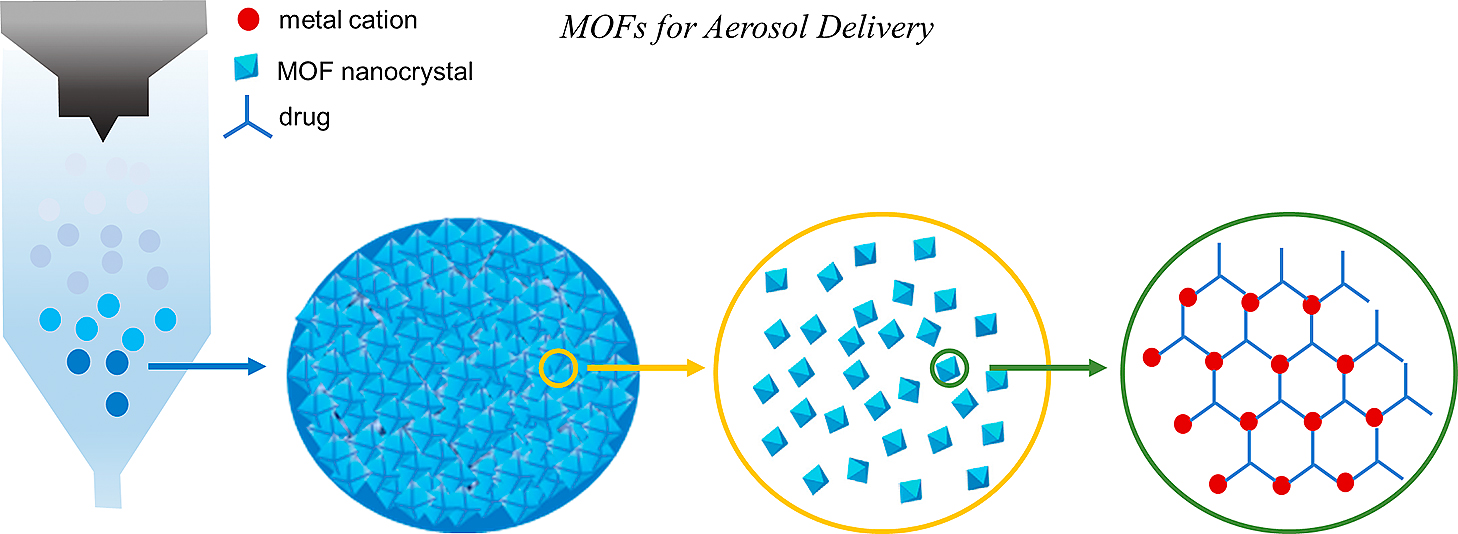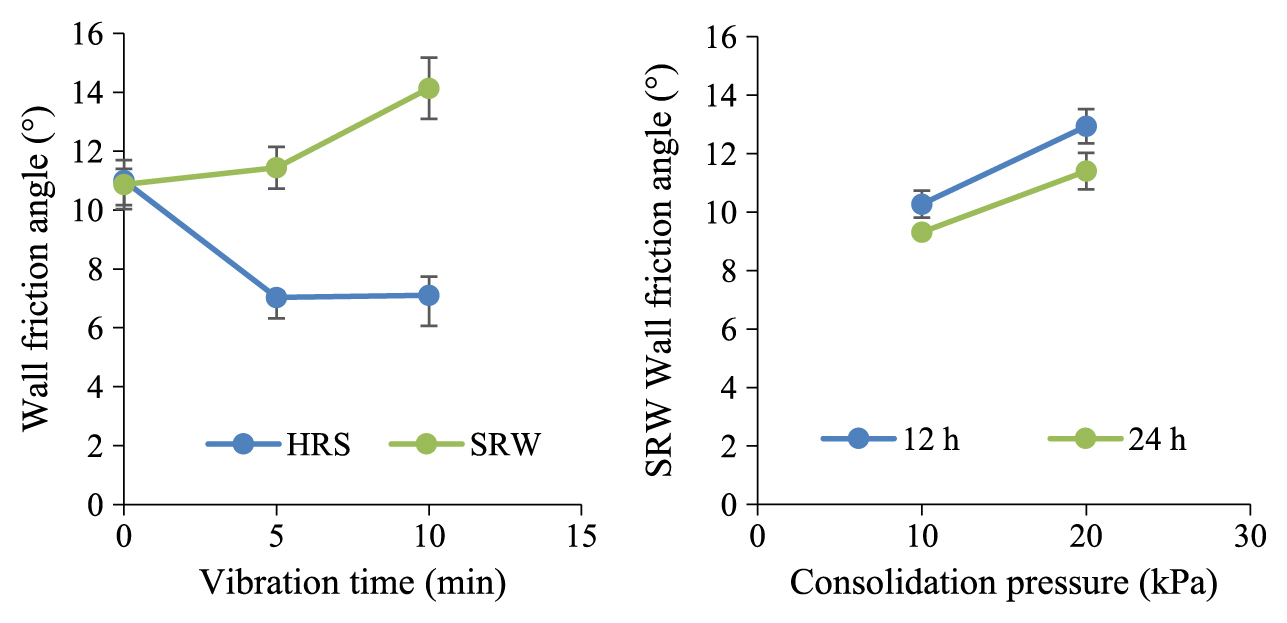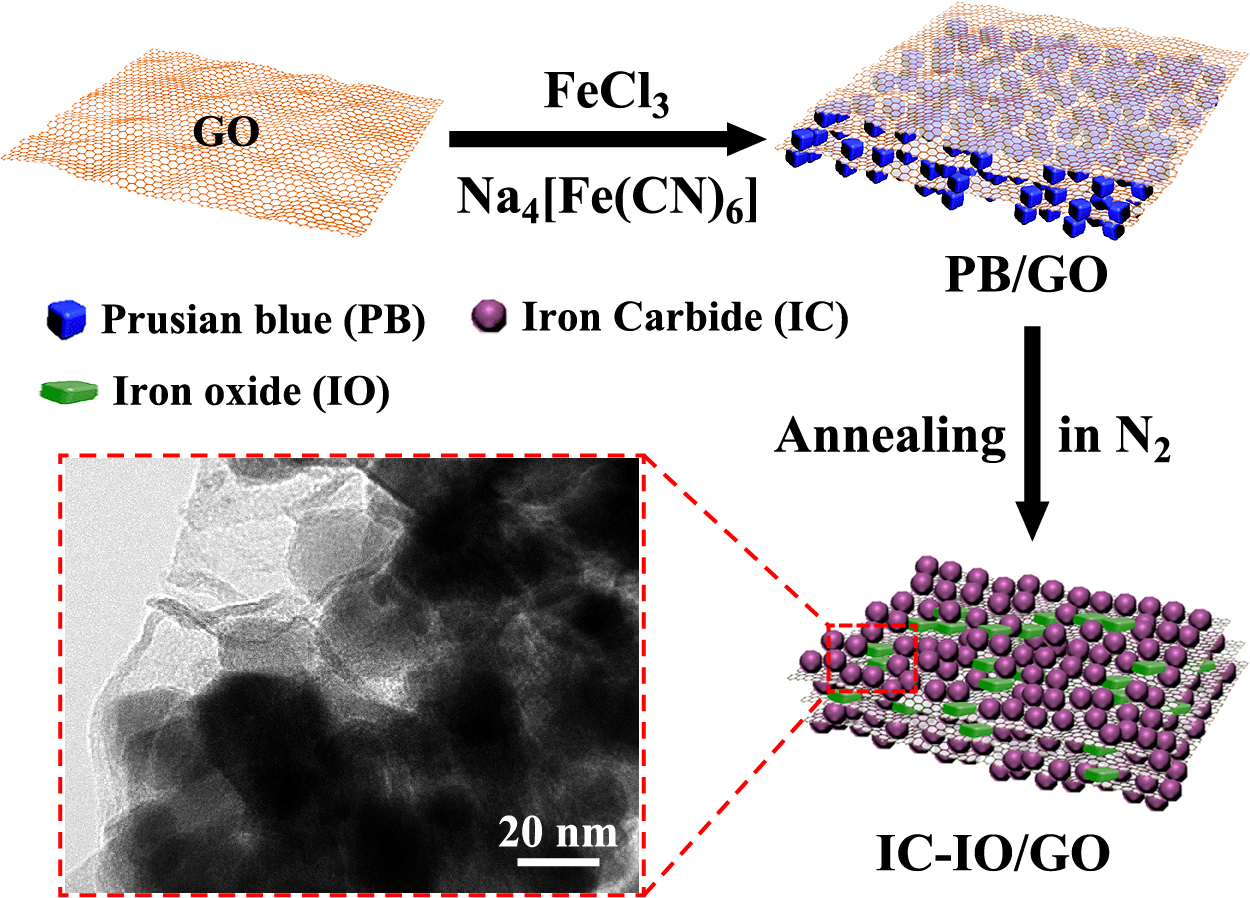- |<
- <
- 1
- >
- >|
-
2021 年 38 巻 p. Cover38_1
発行日: 2021/01/10
公開日: 2021/02/28
PDF形式でダウンロード (7954K) HTML形式で全画面表示 -
2021 年 38 巻 p. EdBrd38_1
発行日: 2021/01/10
公開日: 2021/02/28
PDF形式でダウンロード (3462K) HTML形式で全画面表示
-
2021 年 38 巻 p. i-v
発行日: 2021/01/10
公開日: 2021/02/28
PDF形式でダウンロード (7396K) HTML形式で全画面表示
-
2021 年 38 巻 p. vi
発行日: 2021/01/10
公開日: 2021/02/28
PDF形式でダウンロード (1615K) HTML形式で全画面表示 -
2021 年 38 巻 p. 1-2
発行日: 2021/01/10
公開日: 2021/02/28
PDF形式でダウンロード (1958K) HTML形式で全画面表示
-
2021 年 38 巻 p. 3-25
発行日: 2021/01/10
公開日: 2021/02/28
[早期公開] 公開日: 2020/09/26PDF形式でダウンロード (4861K) HTML形式で全画面表示 -
2021 年 38 巻 p. 26-41
発行日: 2021/01/10
公開日: 2021/02/28
[早期公開] 公開日: 2020/09/19PDF形式でダウンロード (4195K) HTML形式で全画面表示 -
 2021 年 38 巻 p. 42-63
2021 年 38 巻 p. 42-63
発行日: 2021/01/10
公開日: 2021/02/28
[早期公開] 公開日: 2020/03/31Editor's pickThe inertial impaction technique is applied extensively for particulate matter classification and understanding the characteristics of inertial impactors is important for designing a good classifier. This article reviewed and synthesized the knowledge of the design and improvement of inertial impactors for long-term use without frequent maintenance needs. The applications of the inertial impactors for personal exposure measurement, particulate matter control and potential power classification at very high concentrations with the cutoff diameter down to submicron even nanometer sizes were addressed.
PDF形式でダウンロード (2537K) HTML形式で全画面表示 -
2021 年 38 巻 p. 64-81
発行日: 2021/01/10
公開日: 2021/02/28
[早期公開] 公開日: 2020/04/29PDF形式でダウンロード (7284K) HTML形式で全画面表示 -
2021 年 38 巻 p. 82-93
発行日: 2021/01/10
公開日: 2021/02/28
[早期公開] 公開日: 2020/09/05PDF形式でダウンロード (6500K) HTML形式で全画面表示 -
2021 年 38 巻 p. 94-109
発行日: 2021/01/10
公開日: 2021/02/28
[早期公開] 公開日: 2019/11/02PDF形式でダウンロード (9121K) HTML形式で全画面表示 -
2021 年 38 巻 p. 110-121
発行日: 2021/01/10
公開日: 2021/02/28
[早期公開] 公開日: 2020/04/29PDF形式でダウンロード (4845K) HTML形式で全画面表示 -
2021 年 38 巻 p. 122-135
発行日: 2021/01/10
公開日: 2021/02/28
[早期公開] 公開日: 2020/04/29PDF形式でダウンロード (3750K) HTML形式で全画面表示 -
2021 年 38 巻 p. 136-154
発行日: 2021/01/10
公開日: 2021/02/28
[早期公開] 公開日: 2020/08/21PDF形式でダウンロード (9315K) HTML形式で全画面表示 -
2021 年 38 巻 p. 155-167
発行日: 2021/01/10
公開日: 2021/02/28
[早期公開] 公開日: 2020/07/17PDF形式でダウンロード (6840K) HTML形式で全画面表示 -
2021 年 38 巻 p. 168-188
発行日: 2021/01/10
公開日: 2021/02/28
[早期公開] 公開日: 2020/03/31PDF形式でダウンロード (18946K) HTML形式で全画面表示 -
 2021 年 38 巻 p. 189-208
2021 年 38 巻 p. 189-208
発行日: 2021/01/10
公開日: 2021/02/28
[早期公開] 公開日: 2020/03/31Editor's pickIncreasing renewable energy storage and boosting CO2 capture systems are considered two key routes within the near-future energy scenario. The calcium looping (CaL) process, based on limestone as (cheap) raw material, is a flexible technology that can operate under both routes simply by modifying its operation conditions, namely, reactor gas composition, temperature, pressure, and particle size. As a post-combustion CO2 capture system, the CaL process (TRL7) could capture CO2 on a large scale with an energy consumption lower than 3MJ/kg CO2. As a thermochemical energy storage system (TRL 5), thermal-to-electric efficiencies above 45% could be reached in fully dispatchable renewable plants.
PDF形式でダウンロード (7175K) HTML形式で全画面表示
-
2021 年 38 巻 p. 209-225
発行日: 2021/01/10
公開日: 2021/02/28
[早期公開] 公開日: 2020/08/29PDF形式でダウンロード (8958K) HTML形式で全画面表示 -
2021 年 38 巻 p. 226-234
発行日: 2021/01/10
公開日: 2021/02/28
[早期公開] 公開日: 2020/04/29PDF形式でダウンロード (3329K) HTML形式で全画面表示 -
2021 年 38 巻 p. 235-250
発行日: 2021/01/10
公開日: 2021/02/28
[早期公開] 公開日: 2020/05/30PDF形式でダウンロード (9650K) HTML形式で全画面表示 -
2021 年 38 巻 p. 251-259
発行日: 2021/01/10
公開日: 2021/02/28
[早期公開] 公開日: 2019/11/02PDF形式でダウンロード (7940K) HTML形式で全画面表示 -
2021 年 38 巻 p. 260-268
発行日: 2021/01/10
公開日: 2021/02/28
[早期公開] 公開日: 2020/08/29PDF形式でダウンロード (11840K) HTML形式で全画面表示 -
2021 年 38 巻 p. 269-280
発行日: 2021/01/10
公開日: 2021/02/28
[早期公開] 公開日: 2020/07/17PDF形式でダウンロード (6268K) HTML形式で全画面表示
-
2021 年 38 巻 p. 281-284
発行日: 2021/01/10
公開日: 2021/02/28
PDF形式でダウンロード (2544K) HTML形式で全画面表示 -
2021 年 38 巻 p. 285-286
発行日: 2021/01/10
公開日: 2021/02/28
PDF形式でダウンロード (10315K) HTML形式で全画面表示 -
2021 年 38 巻 p. 287
発行日: 2021/01/10
公開日: 2021/02/28
PDF形式でダウンロード (853K) HTML形式で全画面表示 -
2021 年 38 巻 p. 288
発行日: 2021/01/10
公開日: 2021/02/28
PDF形式でダウンロード (560K) HTML形式で全画面表示
- |<
- <
- 1
- >
- >|



